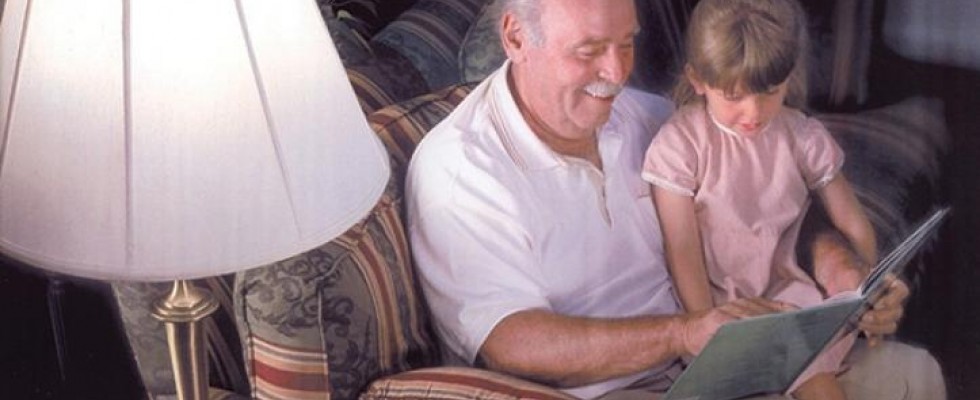
It’s amazing the impact lighting has in our homes and in our lives. It is one of the most important elements in any room, yet it is frequently overlooked. Good lighting can create exciting moods, maximize successful performance of daily tasks and help create a beautiful energy-efficient home. Our ability to see, and therefore remain independent through the years, is compromised by bad lighting. Good lighting can make the difference between seeing and not seeing especially for seniors—and for millions of people with any form of vision impairment. It can make daily living tasks and activities much easier to perform and provide a safer, accident-free living environment. Good lighting will benefit people of all ages and levels of ability. Vision deterioration for most adults with good eyesight often begins around age 40. More than 120 million Americans wear corrective lenses. One out of every four children ages 5 to 12 has a vision problem, and more than 92 percent of people ages 70 and above wear glasses. With the aging population in America, nearly 10 million people may have some form of macular degeneration by the year 2030—more than double the 4 million-plus already diagnosed with the disorder.
Seeing is Believing
Home lighting can have a profound effect on quality of life. Proper lighting design can compensate for many age- and health-related changes in the visual system. A 60-year-old needs four to six times as much glare-free light as a normal-sighted 20-year-old to perform the same visual tasks with equal speed, accuracy and safety. Lighting also makes a significant contribution to our physical and psychological wellbeing. Properly designed lighting in homes will significantly reduce the negative effects of the natural physical changes to which we are all subjected as we age, as well as help increase personal independence, promote well-being and prevent injuries.
Lighting Basics
In general, higher levels of energy-efficient, glare-free illumination should be placed throughout the entire house including hallways, stairs and closets. Every area should have good general illumination in addition to task lighting where it’s needed. Natural filtered daylight is a good indirect ambient light source.

The successful development of reasonably priced, high quality LED lighting has become the best source of artificial illumination suitable for residential use, as it successfully converts electricity to light with much greater efficiency than any other lighting, and generates very little heat, resulting in lower cooling costs—an added benefit during summer months. High-quality LED products will produce long-lasting light, which is important for aging-in-place. Changing burned out lightbulbs is time consuming and can be a real danger. The risk of an unintentional fall from a ladder or chair while removing and replacing bulbs is dramatically reduced or eliminated by switching to long-life LED lighting. Incandescent bulbs last about 750 hours, halogens about 2,000, compact fluorescents about 8,000 and full-size rapid start electronic ballast fluorescents around 11,000 hours. However, LED lamped or powered light fixtures will last for 45,000 hours or more. Cool operation and substantial energy savings are other excellent reasons to use LED fixtures and lamps whenever possible. Because there are a large amount of substandard imported LED lighting products on the market, it is wise to market only quality products produced by reputable manufacturers such as Philips, Cree, Osram-Sylvania, GE and Progress Lighting. These brands are often better made than many other imported types, and will most certainly provide long-lasting trouble-free life. Select LED lamps in the 3,000 kelvin color temperature, which enhances natural skin tones and works great in residential living environments. You should evaluate every room or area in the home for a combination of good general illumination in addition to specific task lighting, including the kitchen, bathroom, living room and bedrooms. Natural indirect or filtered daylight is a good source for supplemental general light. Ceilings should have good overall illumination with no shadows. The way our homes are lit makes a difference in so many areas, but it is imperative that safe, reliable illumination be in place in order for seniors to age at home without risk. The good news is that this is possible without sacrificing performance or design.




